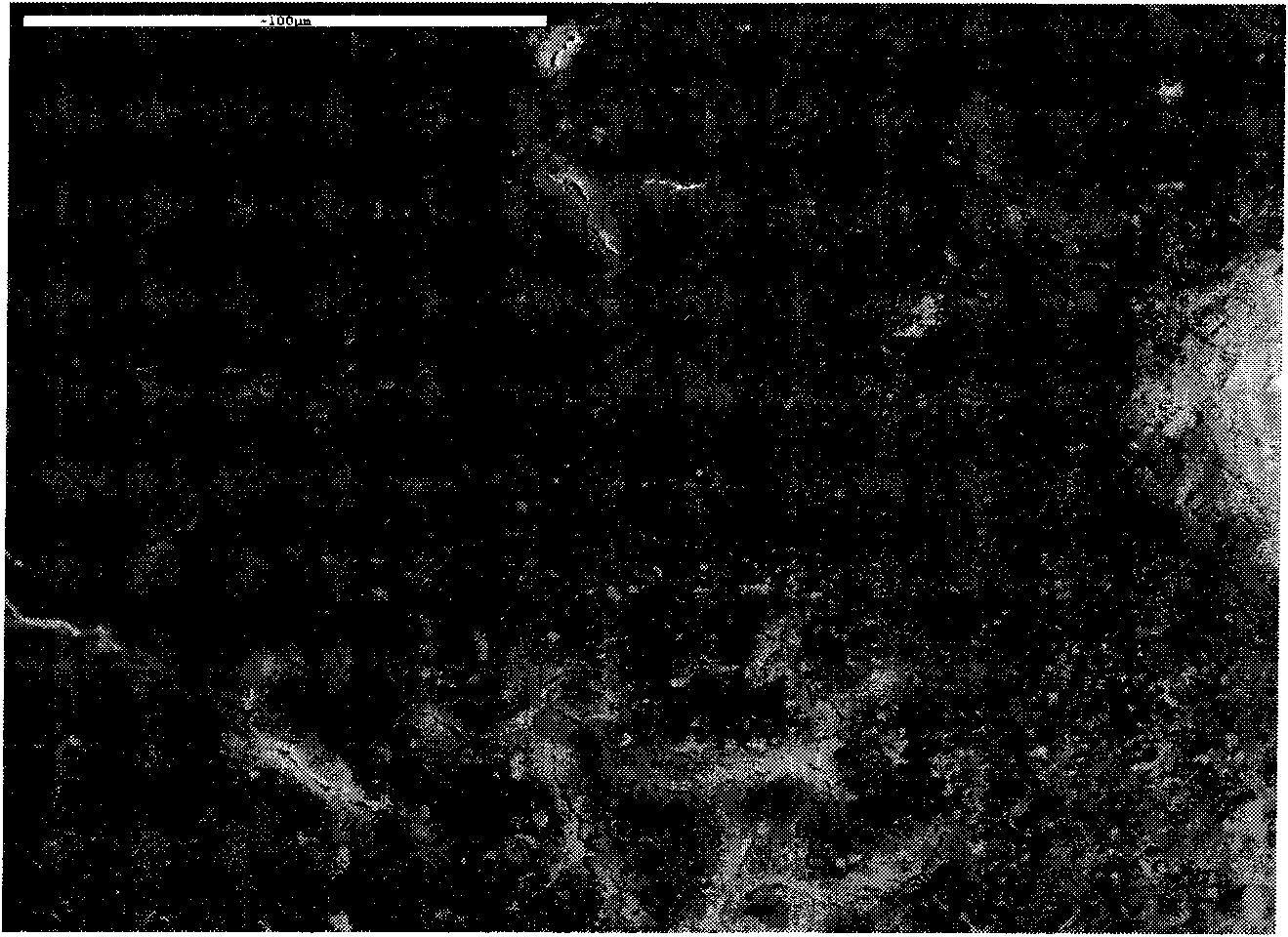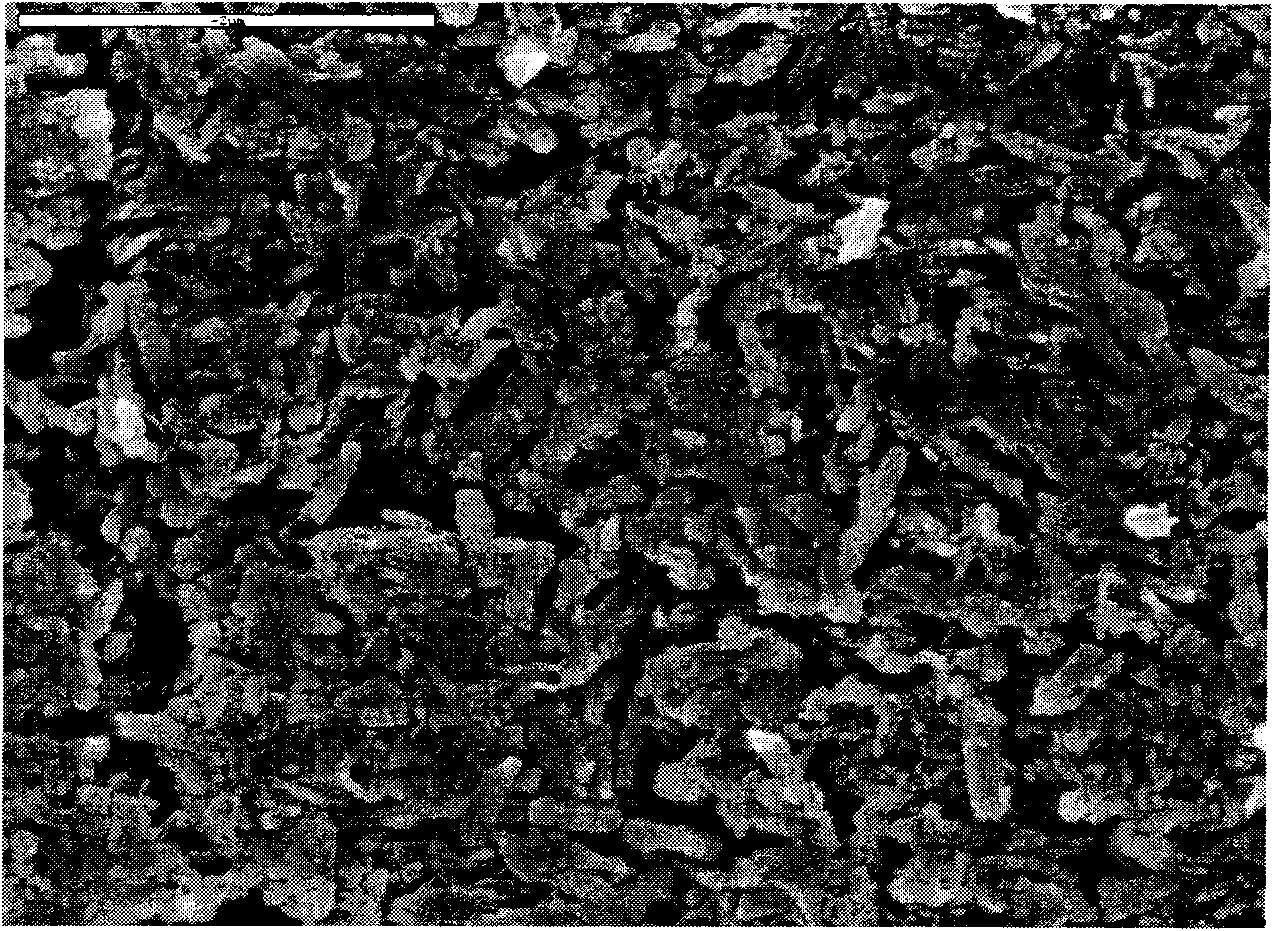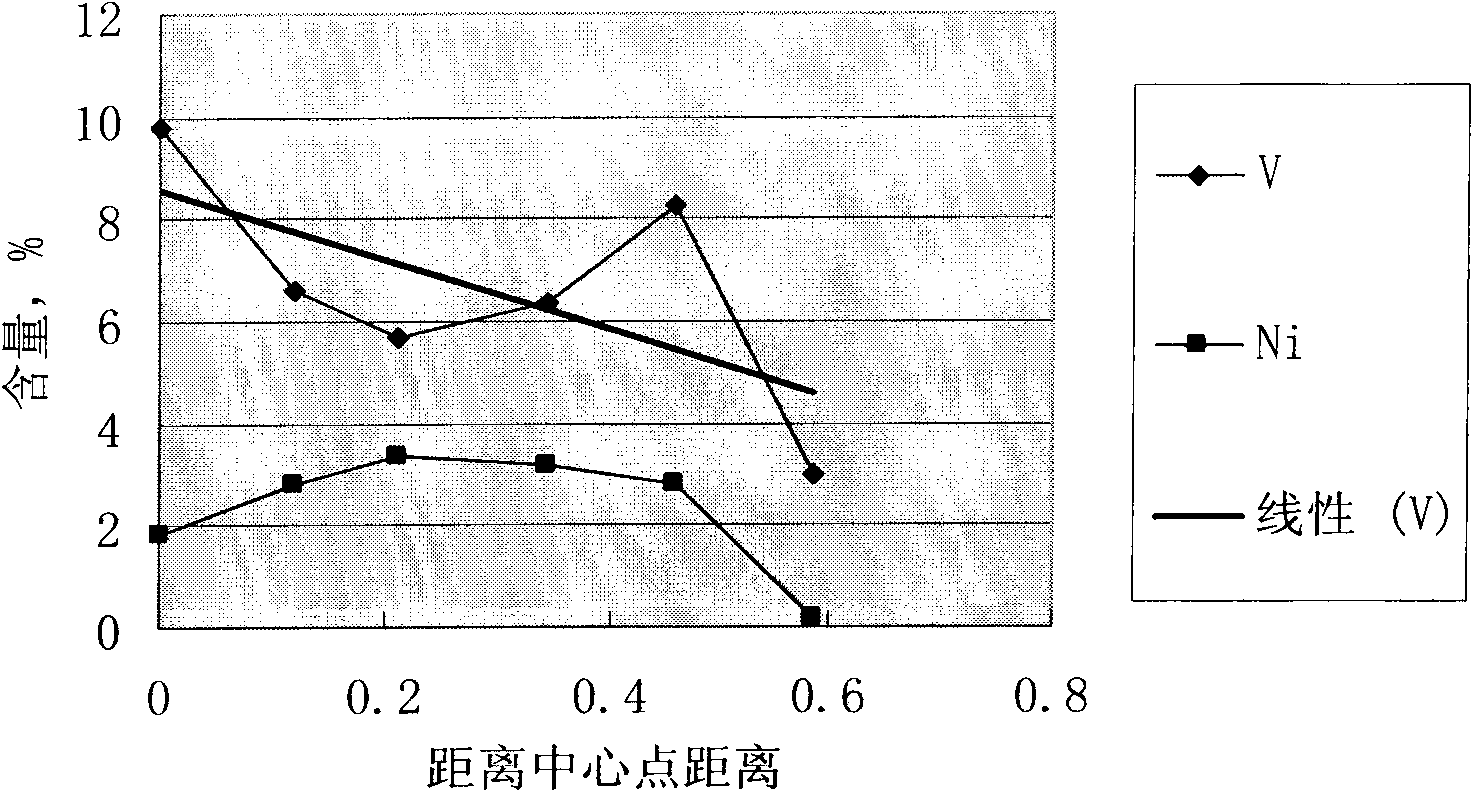Hydrotreating guard catalyst and application thereof
A hydrogenation protection and catalyst technology, applied in physical/chemical process catalysts, metal/metal oxide/metal hydroxide catalysts, chemical instruments and methods, etc., can solve problems such as unfavorable precipitation
- Summary
- Abstract
- Description
- Claims
- Application Information
AI Technical Summary
Problems solved by technology
Method used
Image
Examples
Embodiment 1
[0058] Under stirring conditions, 375g aluminum nitrate nonahydrate and 90g urea are mixed and heated to 100°C, and added to a mixture of 25g polyisobutylene maleate triethanolamine and 88g 150HVI neutral oil at the same temperature to form a super solubilizing mass And then reacted at 100°C for 3 hours to obtain nano aluminum hydroxide gel. Wash three times with 200ml distilled water, and dry at 120°C for 10 hours. Mix 80g of dry nano-aluminum hydroxide gel powder with 20g of pseudo-boehmite as a binder; mix 8g of acetic acid, 15g of water and 3g of co-solvent ethanol evenly, and shape it on an extruder under 35MP pressure. It is calcined at 240° C. for 3 hours and at 850° C. for 14 hours, where the temperature rise rate is 5° C. / min, to obtain the carrier impregnated with a mixed solution of molybdenum and nickel. Drying at 100°C for 5 hours, and calcining at 450°C for 8 hours to obtain the residue hydrogenation protection catalyst HDB-1, which contains 5% (mass fraction) Mo...
Embodiment 2
[0060] The residue hydrogenation protection catalyst HDB-1 was used in the hydrodemetalization experiment of residue oil feedstock. The properties of the residue oil are shown in Table 1. The test conditions are as follows: reaction temperature 390℃, hydrogen-oil volume ratio 1000, liquid hourly volumetric space velocity 1.0h -1 , Hydrogen partial pressure 15.4MPa, continuous operation for 4000 hours. Investigate the diffusibility and metal distribution of the metal precipitation in the catalyst pores in the residue, cross-cut the catalyst halfway along the longitudinal direction, and then measure the metal distribution along the long axis of the cross-section of the catalyst. See details image 3 , Where the abscissa is the distance between the sampling point and the center, the center is 0, the outer surface is 1, and the ordinate is the weight percentage of metal Ni or V in the catalyst.
Embodiment 3
[0065] Mix 90g minus three-line dewaxing oil and 70g SP-80, heat at 80°C to dissolve and mix uniformly; heat 620g nonahydrate aluminum nitrate to 80°C to melt, slowly add to the above mixture, and mix for 20 minutes to form a uniform super solubilized body. 220 g of saturated ammonia water at 20°C was added dropwise and aged for 3 hours to obtain nano aluminum hydroxide gel. Wash three times with 200ml distilled water, and dry at 120°C for 10 hours. Mix 80g of dry nano-aluminum hydroxide gel powder with 20g of pseudo-boehmite as a binder; mix 3.2g of dilute nitric acid (mass concentration 17%), 15g of water and 3g of cosolvent ethanol, and then mix them in the extruder Medium molding, control pressure at 23MPa. The molded product was dried at a temperature of 100°C for 10 hours, calcined at a temperature of 240°C for 3 hours, and calcined at a temperature of 850°C for 4 hours, wherein the temperature increase rate was 5°C / min, to obtain the alumina carrier A2 of the present in...
PUM
| Property | Measurement | Unit |
|---|---|---|
| Diameter | aaaaa | aaaaa |
Abstract
Description
Claims
Application Information
 Login to View More
Login to View More - R&D
- Intellectual Property
- Life Sciences
- Materials
- Tech Scout
- Unparalleled Data Quality
- Higher Quality Content
- 60% Fewer Hallucinations
Browse by: Latest US Patents, China's latest patents, Technical Efficacy Thesaurus, Application Domain, Technology Topic, Popular Technical Reports.
© 2025 PatSnap. All rights reserved.Legal|Privacy policy|Modern Slavery Act Transparency Statement|Sitemap|About US| Contact US: help@patsnap.com



